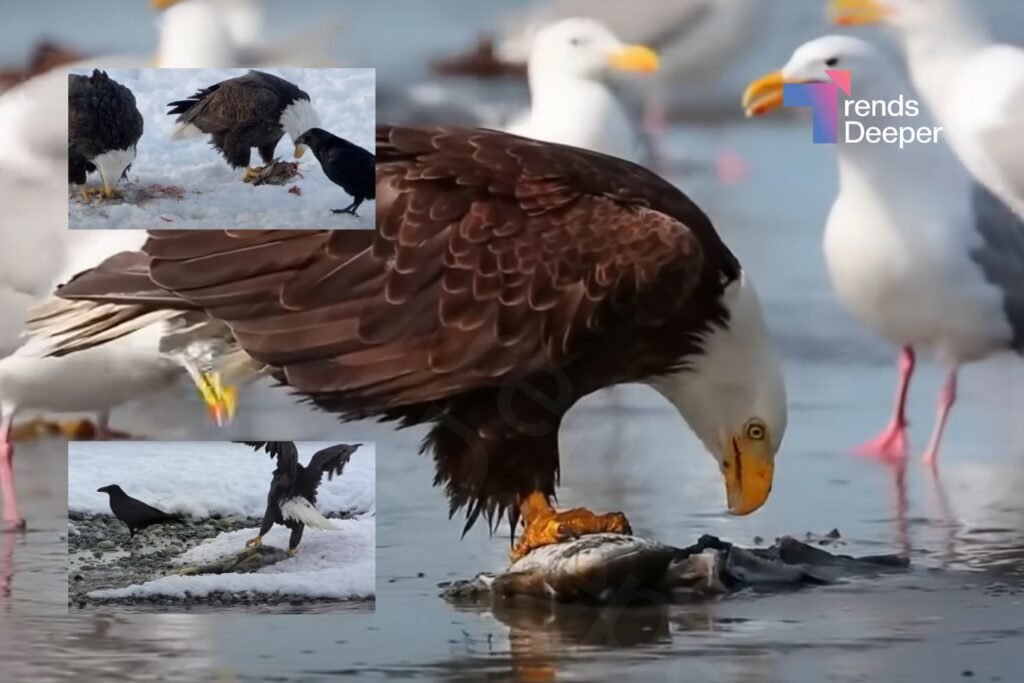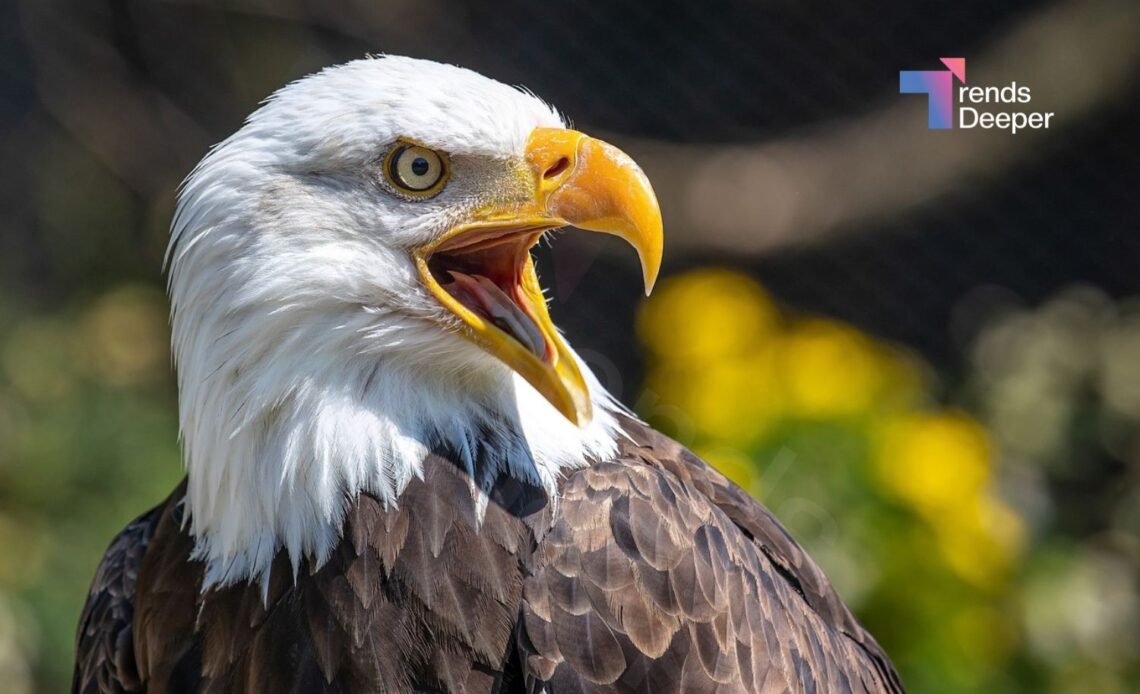Bald eagles, America’s national bird and symbol of strength, have fascinated people for centuries. These majestic birds, known for their impressive wingspans and keen hunting skills, are often subjects of myths and misunderstandings.
One such misconception is that bald eagles die from “greed,” but there is no scientific evidence to support this claim. Instead, their survival is shaped by well-documented behaviors and environmental factors that have both challenged and revived their population in modern times.
Bald eagles are large birds of prey native to North America, easily recognizable by their white head and tail feathers contrasting with their dark brown body.
Their sharp eyesight is one of their most impressive features, allowing them to spot prey from as high as 10,000 feet. Their hunting style relies on this sharp vision, coupled with powerful talons to catch fish, small mammals, and other birds.
Fish is their preferred food, often seen swooping over lakes, rivers, and coastal waters to snatch a catch directly from the surface.
While they are skilled hunters, bald eagles are also opportunistic scavengers. They are known to feed on carrion and steal food from other birds. These behaviors ensure that they can sustain themselves even when hunting conditions are tough. Despite this opportunistic behavior, they are highly respected for their role in maintaining balance in their ecosystems.
Their hunting habits and feeding behaviors have contributed to myths about “greed,” including exaggerated stories about eagles holding onto prey that is too heavy, leading to their demise.
These stories often romanticize the idea that an eagle, out of greed, refuses to let go of a large fish and drowns. In reality, this is extremely rare.
Eagles are adept at judging the weight of their prey and typically drop anything they cannot carry. While accidents can happen, the notion that they frequently die from “greed” is more fiction than fact.

In the mid-20th century, bald eagles faced near extinction due to the widespread use of DDT, a pesticide that caused the thinning of eggshells.
Thankfully, conservation efforts and the banning of DDT helped the population recover. Today, bald eagles are no longer on the endangered species list, but they remain protected under U.S. law.
Despite their resurgence, challenges like lead poisoning from scavenging animals shot with lead ammunition and collisions with vehicles still threaten these birds.
When it comes to their nesting habits, bald eagles are creatures of routine. They often return to the same nesting sites year after year, with nests that can weigh up to a ton after repeated use and expansion.
These nests are located high in trees or on cliffs, providing a safe place to raise their young. Eagles are also known to form long-lasting pair bonds, with both partners participating in nest building and defending their territory.
Biologists studying bald eagles have noted that these birds spend a great deal of time conserving energy by resting or perching, especially when not actively hunting or feeding.
This energy conservation, along with their selective hunting tactics, helps ensure their survival in various conditions. In fact, bald eagles’ ability to adapt to different food sources, including scavenging when necessary, is one of the key reasons for their resilience.
Despite the myths, bald eagles do not die from greed. They are intelligent and skilled predators that have evolved to balance hunting with energy conservation.
Their comeback from near extinction demonstrates their strength and adaptability in the face of adversity. These magnificent birds continue to inspire admiration for their grace and power, embodying the essence of freedom.


